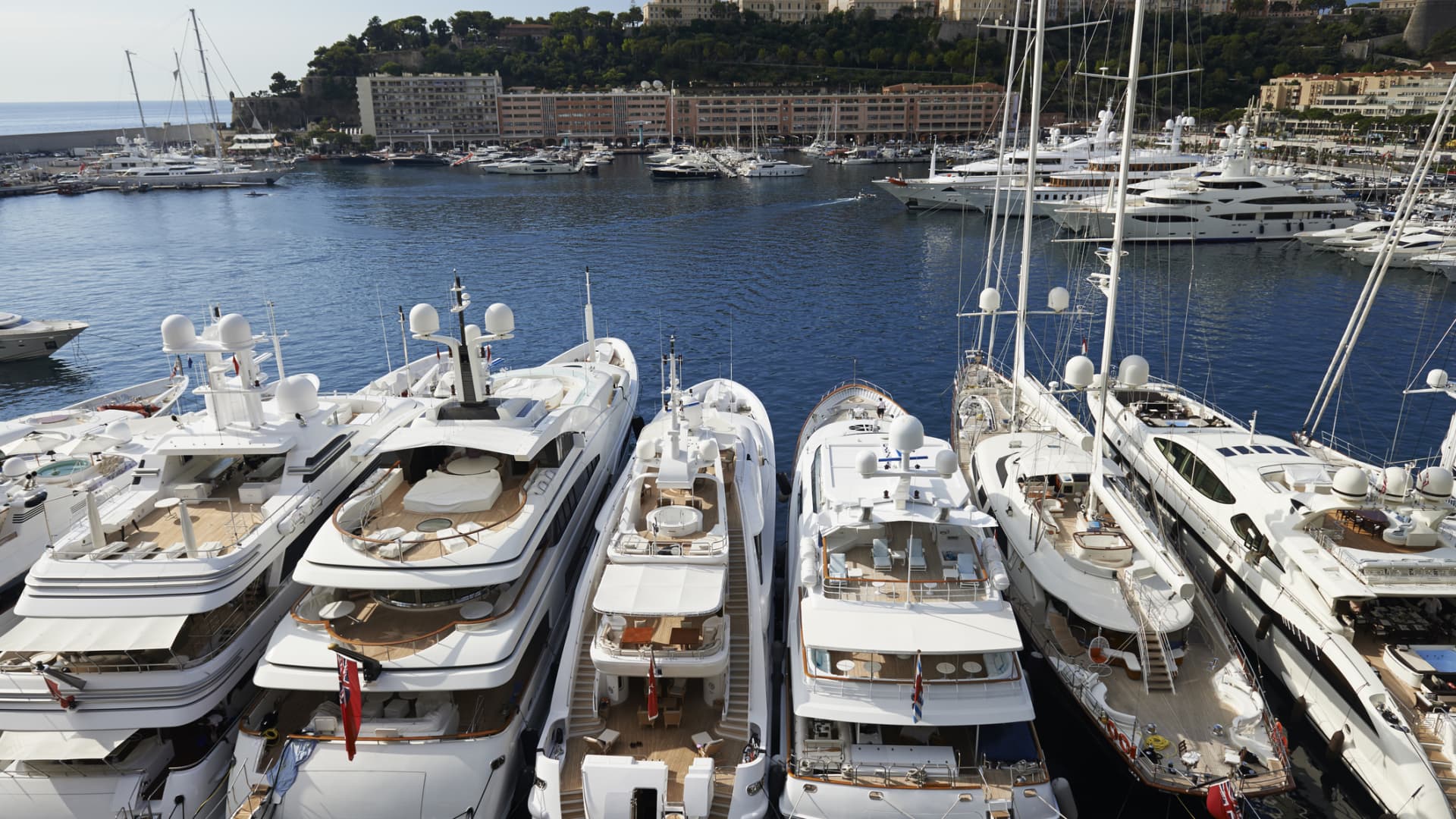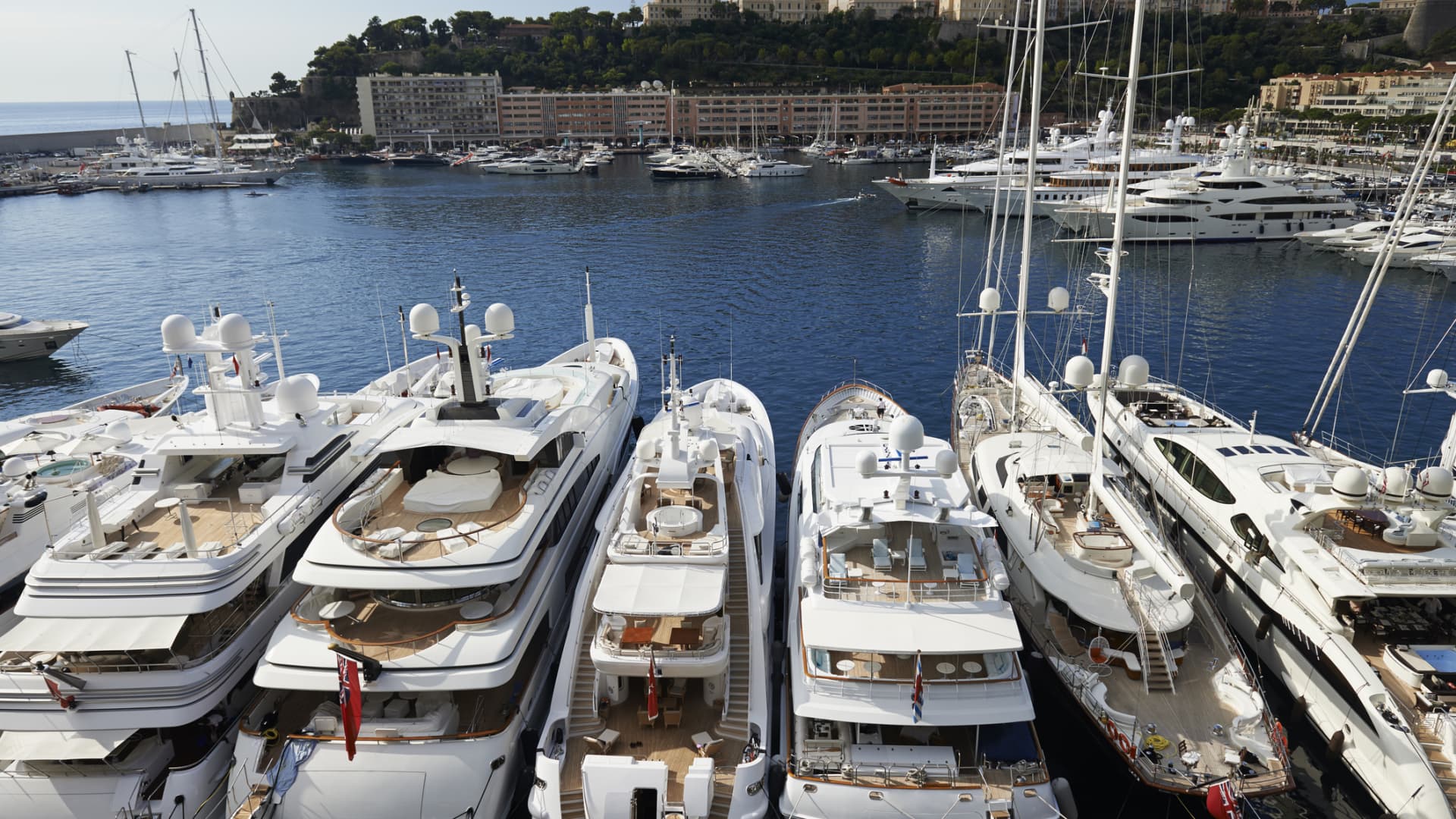The Tempestuous Seas of Trade: Analyzing the Impact of the 2025 “Trump Tariffs” on the Yacht Industry
A Luxury Market Adrift
The year 2025 marked a pivotal moment in global trade, as the Trump administration reinstated protectionist policies under the “America First” banner. Among the sectors most affected was the luxury yacht industry, a market deeply intertwined with international trade and global wealth. The imposition of tariffs on imported yachts sent shockwaves through the industry, reshaping supply chains, consumer behavior, and market dynamics. This report explores the multifaceted impacts of the 2025 “Trump Tariffs,” examining the challenges, adaptations, and unforeseen consequences that have emerged.
The Genesis of the Storm: Trump’s Trade Agenda
The reintroduction of tariffs in 2025 was framed as a means to protect domestic industries, reduce trade deficits, and strengthen America’s negotiating position in international trade. The Trump administration argued that these measures would stimulate domestic production, create jobs, and ensure fair competition for American businesses. However, the reality for the yacht industry proved far more nuanced. The luxury yacht market is inherently global, with European shipyards dominating the high-end segment and relying heavily on international supply chains. The imposition of tariffs disrupted these established trade patterns, creating ripple effects across the industry.
European Shipyards Under Fire: An Uneven Impact
The immediate impact of the tariffs was most acutely felt by European shipyards, which supply the majority of luxury yachts to the U.S. market. The tariffs, reportedly as high as 20% on EU exports, created a significant price disadvantage for these builders. However, the effects were not uniform across the industry.
Hallberg-Rassy’s Hardship
Some shipyards, such as Hallberg-Rassy, faced severe repercussions. The Swedish shipyard reported a 30% reduction in workforce, as the tariffs made their yachts less competitive in the U.S. market. This led to a decline in orders and forced the company to reevaluate its business model. The situation highlighted the vulnerability of smaller, specialized shipyards to sudden shifts in trade policy.
German Shipyards Weathering the Gale
In contrast, German shipyards appeared to be less affected. This disparity suggests differences in the types of yachts produced or the markets served. German shipyards, known for their engineering prowess and innovation, may have been better positioned to absorb the tariffs or find alternative markets. The uneven impact underscores the complexity of the yacht industry and the need for tailored strategies to navigate trade disruptions.
Exploiting Loopholes
Some companies managed to mitigate the impact of the tariffs by exploiting existing loopholes in international trade regulations. For example, certain shipyards shifted production to third countries with lower tariffs or negotiated favorable terms with U.S. importers. The ability to navigate these complexities became a critical factor in determining a shipyard’s resilience.
Navigating the Tariffs: Strategies of the Wealthy Elite
Faced with higher prices, wealthy yacht buyers employed various strategies to mitigate the impact of the tariffs.
Offshore Registration
One popular tactic was registering yachts offshore and importing them into the U.S. This involved registering the yacht in countries with favorable tax and regulatory environments, such as the Cayman Islands or the British Virgin Islands, before importing it into the U.S. This approach allowed buyers to legally avoid the tariffs, although it added complexity and cost to the purchasing process.
Shifting Demand
Some buyers shifted their demand towards domestically produced yachts. However, the U.S. yacht-building industry, while capable, may not have the capacity or specialization to fully meet the demand for ultra-luxury vessels. This shift highlighted the limitations of domestic production in the high-end segment of the market.
Embracing the Pre-Owned Market
Another alternative was to explore the pre-owned yacht market, where tariffs did not apply. This led to a surge in demand for used yachts, affecting the pricing dynamics of that segment. The pre-owned market became a refuge for buyers seeking to avoid the tariffs, while also benefiting sellers looking to liquidate assets in a challenging market.
Beyond Economics: Immigration Issues and Industry Turmoil
The tariffs were not the only challenge facing the U.S. yacht industry. Tighter immigration policies also contributed to the turmoil. The industry relies heavily on foreign crew members, and stricter immigration rules made it more difficult and expensive to staff yachts. This combination of high tariffs and immigration restrictions created a perfect storm, impacting not only yacht sales but also the related service and maintenance sectors.
China’s Emerging Role: A Potential Paradigm Shift
While the U.S. and Europe grappled with trade tensions, China’s yacht market presented both opportunities and challenges. Although still relatively nascent compared to the U.S. and Europe, China’s growing wealth and increasing interest in leisure activities positioned it as a potential growth market. The Chinese market has unique characteristics, with a preference for yachts used for entertainment and leisure, which presents distinct opportunities. Whether Chinese shipyards could rise to prominence and challenge the dominance of European builders remained to be seen.
The Ripple Effect: Impact on Related Industries
The impact of the tariffs extended beyond shipyards and yacht buyers, affecting a wide range of related industries:
Marine Equipment Suppliers
Companies supplying equipment and components to shipyards experienced fluctuations in demand, depending on the success of their clients in navigating the tariff landscape. Some suppliers diversified their markets, while others faced declining orders.
Yacht Brokers and Dealerships
These businesses faced uncertainty as they had to adjust to changing prices and navigate the complexities of international trade regulations. The tariffs created a need for specialized knowledge and expertise in dealing with the new trade environment.
Service and Maintenance Providers
The decline in yacht sales and increased costs associated with foreign crew members impacted the demand for yacht maintenance and repair services. This ripple effect highlighted the interconnected nature of the yacht industry and the broader economic implications of trade policies.
Tourism and Hospitality
Regions that rely on yachting tourism experienced a decline in revenue as fewer yachts visited their shores. This had a cascading effect on local economies, affecting businesses such as marinas, restaurants, and retail stores.
A Temporary Reprieve?: The 90-Day Pause
On April 10, 2025, the Trump administration announced a 90-day suspension on the implementation of most newly proposed tariffs. This provided a temporary reprieve for the industry, allowing businesses to reassess their strategies and hope for a more permanent resolution. However, the uncertainty remained, as the possibility of tariffs being reinstated loomed large. The pause offered a window of opportunity for negotiation and compromise, but whether that opportunity would be seized remained uncertain.
Conclusion: Charting a Course Through Uncertainty
The 2025 “Trump Tariffs” on imported yachts have created a complex and challenging environment for the global yacht industry. While the stated goals of protecting domestic industries and reducing trade deficits may have some merit, the reality is that these policies have disrupted established trade patterns, created uncertainty, and impacted a wide range of businesses and individuals. The strategies employed by wealthy yacht buyers to avoid the tariffs, the uneven impact on European shipyards, and the potential rise of China as a yachting market all point to a significant shift in the industry’s landscape. Ultimately, the long-term consequences of these tariffs will depend on a multitude of factors, including future trade negotiations, the adaptability of industry players, and the evolving preferences of wealthy consumers. The yacht industry finds itself navigating turbulent waters, requiring careful planning, strategic alliances, and a willingness to adapt to the ever-changing tides of global trade.












